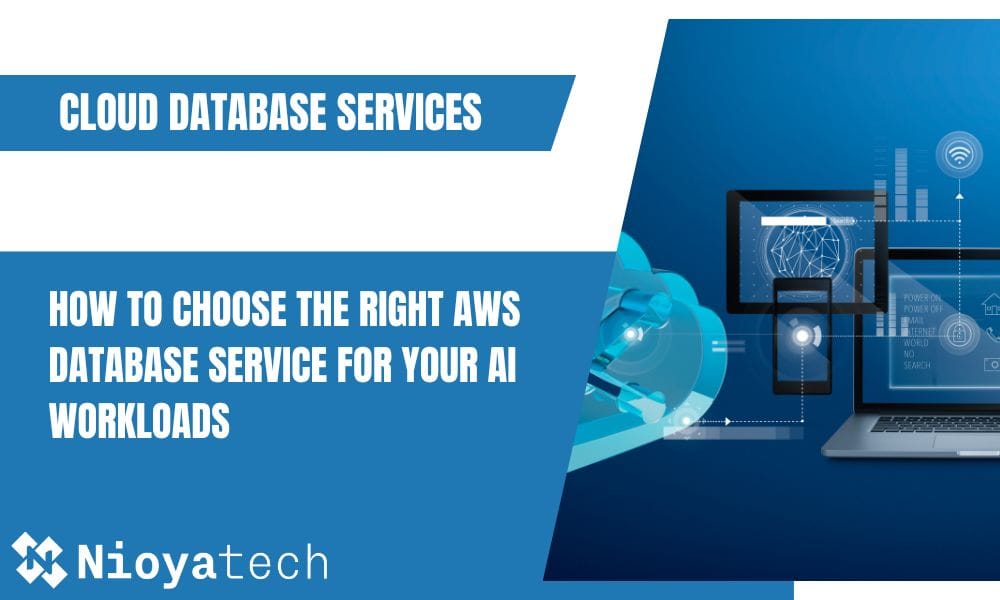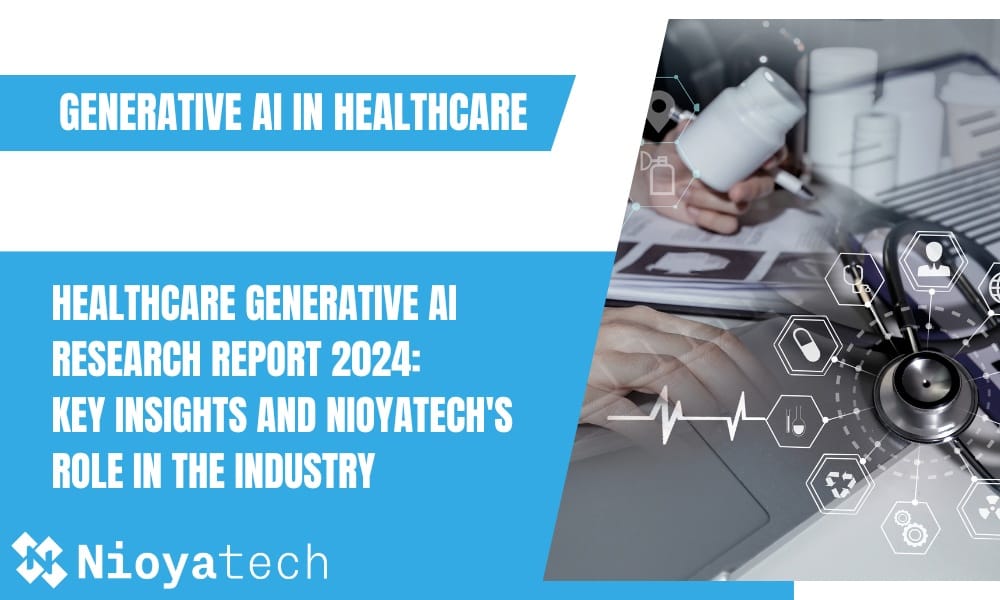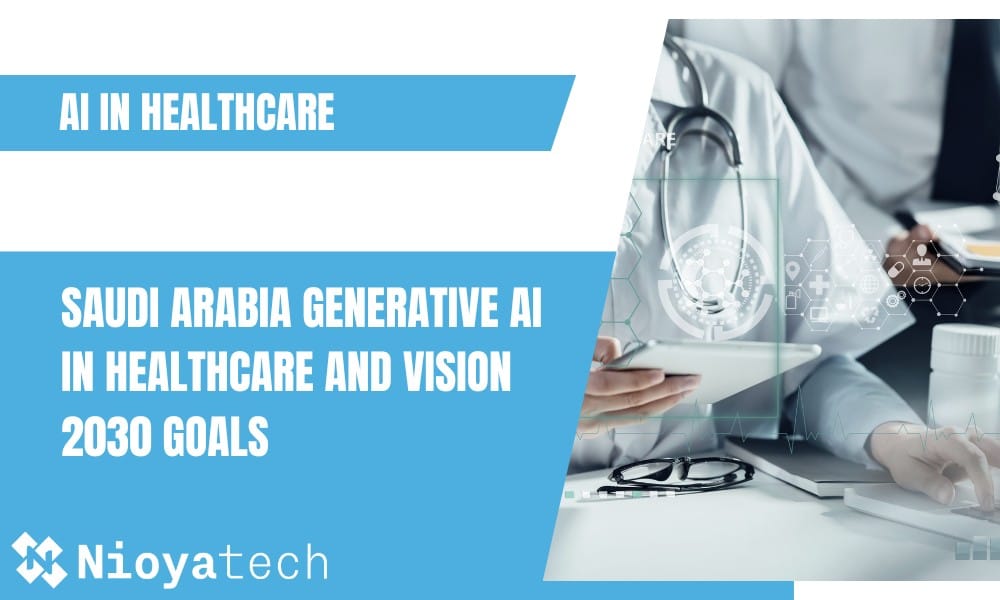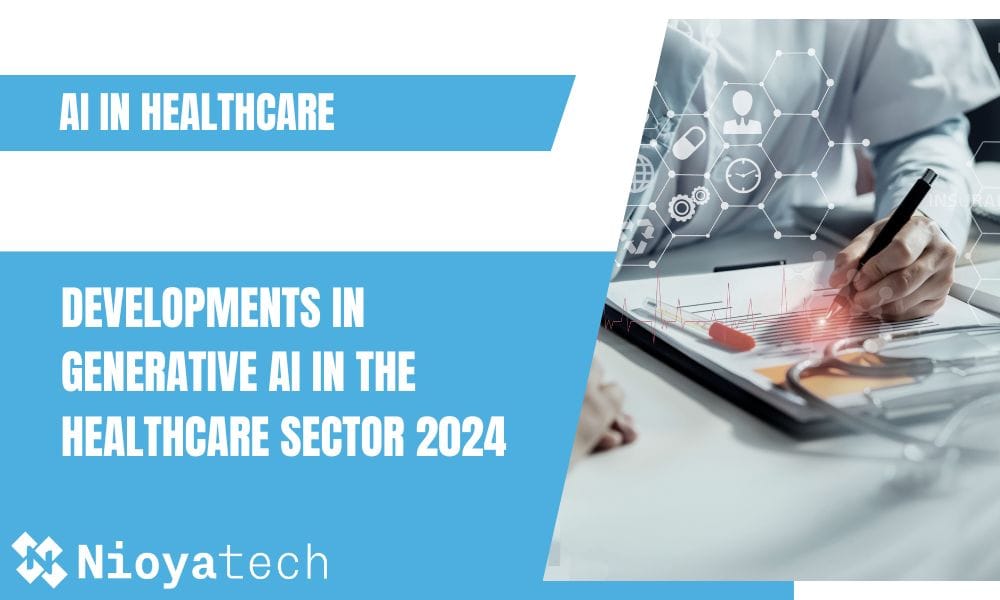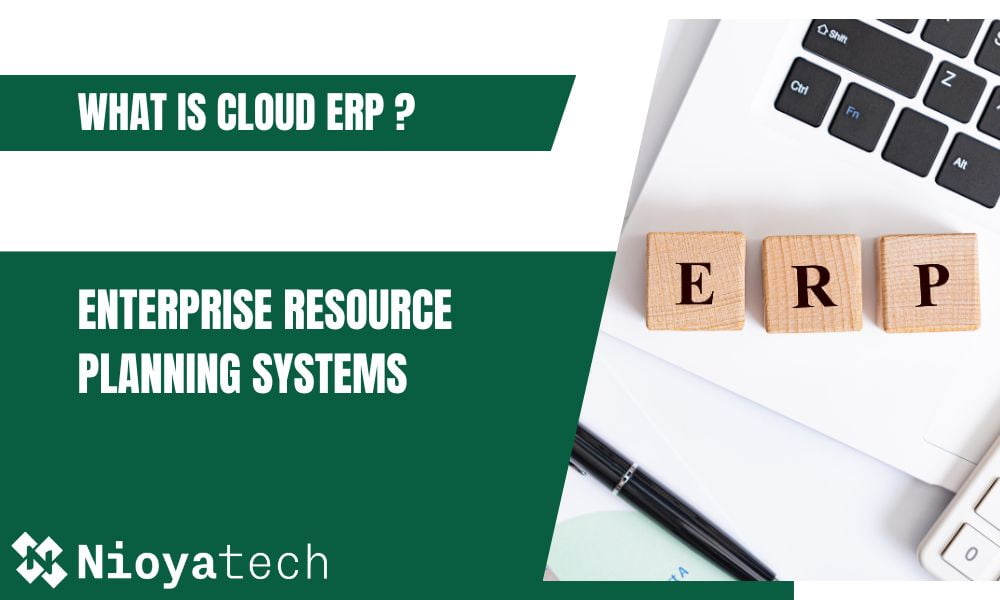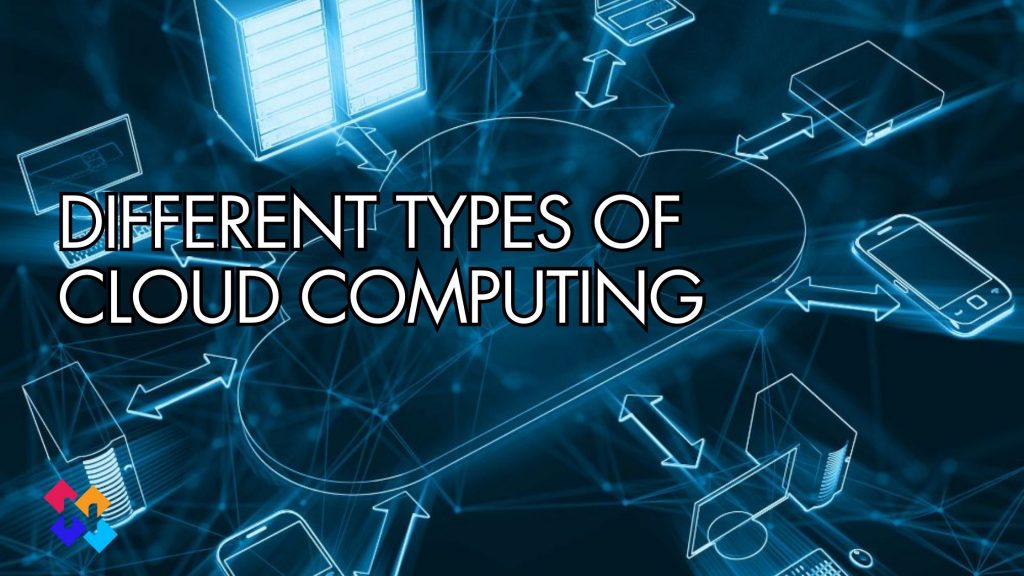As more and more businesses adopt cloud computing technology, cloud migration has become a critical step in their digital transformation journey. Cloud migration refers to the process of moving an organization’s IT resources, including applications, data, and infrastructure, from on-premises data centers to cloud-based environments.
To help organizations navigate this process, cloud migration models have been developed to provide a structured approach to migrating to the cloud. In this blog post, we’ll discuss The AWS 7Rs Cloud Migration Model.

What is Cloud Migration Model?
The majority of cloud problems are caused by a lack of an efficient cloud strategy. Because these issues in businesses are believed to be caused by the cloud, the adoption process is being called into question. And these problems are becoming more pressing.
There are two well-known cloud migration models that you can incorporate into your cloud strategy. The first is Gartner’s 5-Rs cloud migration model, which describes all migration options, and the second is AWS’s 7Rs cloud migration model (was originally announced as 6Rs) on which Gartner’s model is based.
AWS 7 Rs Cloud Migration Model
The AWS 7Rs Cloud Migration Model is a framework for cloud migration developed by Amazon Web Services (AWS), which provides a structured approach to help organizations migrate their applications and data to the AWS cloud. The model includes seven strategies, which are referred to as the “7Rs”:
Rehost
Replatform
Repurchase
Relocate
Refactor or re-architect
Retain
Retire
Cloud strategies are blueprints that allow a business to combine the essentials of services while minimizing overall risk and maximizing value. It is essential to select the best strategy from the AWS 7 Rs cloud migration model while adapting to the cloud. Now let’s explain these strategies in detail.
Re-Host (or lift and shift)
This involves moving an organization’s existing applications and data to the cloud without any significant changes.
The primary benefit of the lift and shift approach is speed. Since the application does not need to be modified or re-architected, it can be migrated to the cloud relatively quickly and easily. This can be particularly useful for organizations that need to migrate their applications to the cloud quickly in response to a specific business need.
Another benefit of the re-host approach is that it can help to minimize disruption to the organization’s business processes. By maintaining the existing application architecture, organizations can avoid the need to retrain users or make significant changes to their existing workflows.
However, there are also some potential drawbacks to this strategy. Since the application is migrated to the cloud in its existing form, it may not take full advantage of the cloud’s capabilities. For example, the application may not be optimized for cloud-based storage or compute resources, which could result in higher costs or lower performance.
In addition, the lift and shift approach may not be suitable for all applications. For example, applications with complex interdependencies or those that rely on specific hardware configurations may not be easily migrated to the cloud in their existing form.
Organizations should carefully consider whether rehost strategy is appropriate for their specific applications and business needs and whether it may be more beneficial to use one of the other stages in the 7Rs cloud migration model to fully leverage the benefits of the cloud.
Re-Platform (or lift, tinker, and shift)
The second strategy in the AWS 7Rs Cloud migration model is Re-Platform. This involves minor changes to an organization’s applications or infrastructure to optimize them for the cloud environment.
The Re-platform or “lift, tinker, and shift” strategy involves migrating the application to the cloud in its existing form and then making small changes to optimize its performance in the new environment. This might involve, for example, changing the application’s database to a cloud-native database, or reconfiguring the application to use cloud-based storage or compute resources.
The Re-Platform approach offers some benefits over the lift and shift approach. By making small changes to the application, organizations can take advantage of some of the cloud’s benefits, such as scalability and cost savings, without having to fully redesign the application from scratch. Additionally, since the existing architecture is maintained, the risks of application downtime and user disruption are minimized.
Of course, there are also some potential drawbacks to the Re-Platform strategy. While the modifications made to the application are relatively minor, they can still require significant effort and resources. Additionally, the Re-Platform approach may not be suitable for applications that require more significant changes to take full advantage of the cloud’s capabilities.
Repurchase
The “Repurchase” R in the 7Rs cloud migration model refers to the strategy of replacing existing applications or systems with new ones that are available as Software-as-a-Service (SaaS) offerings or other cloud-native solutions. This approach involves purchasing new solutions rather than simply migrating existing ones to the cloud.
Organizations may choose to follow a repurchase approach for a variety of reasons, including leveraging new capabilities provided by cloud-native solutions, lowering maintenance and support costs, and improving overall performance and scalability.
Companies should carefully evaluate potential solutions when pursuing a repurchase strategy to ensure that they meet their particular needs and requirements. They should also consider data migration, integration with current systems, as well as user adoption and training.
The repurchase strategy can be a useful method for organizations seeking to modernize their technology stack and reap the benefits of cloud-native solutions. However, to guarantee a smooth migration and adoption of new solutions, it should be approached with careful consideration and planning.
Relocate
Using this strategy, you can transfer a large number of servers, each containing one or more applications, from an on-premises platform to a cloud version of the platform at the same time. The relocate strategy can also be used to shift instances or objects to a different virtual private cloud (VPC), AWS Region, or AWS account.
This approach can be used to transfer servers in bulk from a VMware software-defined data center (SSDC) to VMware Cloud on AWS, or to move an Amazon Relational Database Service (Amazon RDS) DB instance to another VPC or AWS account. The relocate strategy does not necessitate the acquisition of new hardware, the rewriting of applications, or the modification of your current operation.
The applications continue to serve users while being relocated, minimizing disruption and downtime. Because it does not affect the overall architecture of your application, relocating is the quickest method in 7Rs cloud migration model to migrate and operate your workload in the cloud.
Refactor
The “Refactor” R in the AWS 7Rs cloud migration model refers to the strategy of optimizing existing applications for the cloud environment. This approach involves modifying the existing application’s architecture, code, and/or infrastructure to take advantage of cloud-native capabilities and services such as breaking down monolithic applications into microservices.
The goal of the refactor strategy is to achieve improved performance, scalability, and reliability while minimizing disruption to the existing application’s functionality. This can be accomplished by making changes like:
Implementing cloud-native features such as autoscaling, load balancing, and caching to improve application performance and reliability.
Refactoring application code to take advantage of cloud-native technologies such as serverless computing, containers, and managed databases.
Using automation tools and DevOps practices to streamline the application deployment and management process.
The refactor strategy can be a good choice for organizations that want to modernize their existing applications and take advantage of cloud-native capabilities while maintaining their current application functionality. However, it can require significant development effort and investment to achieve the desired outcomes.
When pursuing a refactor strategy, it’s important to carefully evaluate the application architecture, code, and infrastructure to identify opportunities for optimization. It’s also important to have a clear understanding of the costs and benefits of making changes to the application, as well as a plan for testing and deployment to minimize disruption to end users.
Retain
Retain refers to the strategy of keeping certain applications or systems in their existing environment rather than migrating them to the cloud. This approach is typically used when an application is not suitable for migration due to technical or business constraints.
When pursuing a retention strategy, it is critical to thoroughly evaluate the application or system in question to ensure that it remains secure, accessible, and in compliance with any applicable laws or standards. Over time, organizations should consider the expenses of maintaining and supporting the application or system in its current environment.
The retain strategy is a good option for organizations that want to concentrate their cloud migration efforts on the applications and systems that will provide the most benefits while leaving others in their current environment. It can also be a good way to minimize end-user disruption and keep operational continuity during the cloud migration process.
Retire
The last strategy in the AWS 7Rs cloud migration model is Retire. This approach involves retiring applications or infrastructure that is no longer needed. Retire is typically used when an application or system is outdated, redundant, or has been replaced by newer technology.
The retire strategy can be a good choice for organizations that want to reduce costs, simplify their technology stack, and eliminate unnecessary complexity. It can also help to free up resources and staff time that can be used to focus on more strategic initiatives.
When pursuing a retire strategy, it’s important to carefully evaluate the application or system in question to ensure that any critical data or functionality is preserved or migrated to a new system. Organizations should also consider any dependencies or integrations with other applications or systems that may be affected by retirement.
Implementing Cloud Migration Models in Nioyatech
The 7Rs model provides organizations with a flexible framework for cloud migration, allowing them to choose the approach that best fits their specific needs and goals. By using this model, organizations can avoid the risk of over-committing to a particular migration approach and can instead focus on selecting the best approach for each application or workload. This can help to ensure a successful migration and maximize the benefits of the cloud.
There is no one-size-fits-all approach to cloud migration, and organizations must carefully consider their specific needs and goals when selecting a migration model. The lift and shift model may be suitable for organizations looking for a quick and easy migration, while the application rebuilding model may be more appropriate for those looking to fully leverage the cloud’s capabilities.
Whatever model organizations choose, it is crucial to ensure that the migration is carefully planned and executed to minimize disruptions and ensure a successful transition to the cloud. Cloud migration needs a comprehensive approach and experience. Nioyatech’s Cloud Solution Services can help your company’s cloud migration journey while choosing the right cloud migration model and implementing it.

